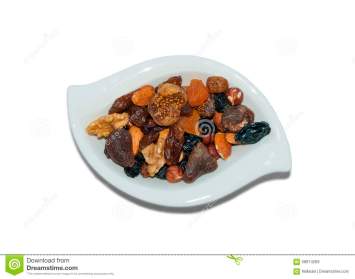I love stories, especially stories about food!
 The dish that I chose to present at the Food Fair was the one and only Mendiant. With such a simplistic and elegant treat the significant behind it is quite remarkable, and this is what caught my eyes and persuaded me to make this treat. The cultural, and historical heritage dating back to the middle ages in Europe is still so vivid in the dish, and is expressed through the toppings on the chocolate disc.
The dish that I chose to present at the Food Fair was the one and only Mendiant. With such a simplistic and elegant treat the significant behind it is quite remarkable, and this is what caught my eyes and persuaded me to make this treat. The cultural, and historical heritage dating back to the middle ages in Europe is still so vivid in the dish, and is expressed through the toppings on the chocolate disc.
Mendiant in French translates to ‘begger’ and is linked to the mendicants – which is a religious order in France. The Mendiant is simply a disc of chocolate with four toppings: two different types of nuts namely almonds and hazelnuts and 2 different types of dried fruit namely figs and raisins, as traditional recipes dictate. Now, it’s here that it gets interesting… the four toppings are a representation of the mendicants,specifically meant to be recognized as a symbolic gesture to represent the colors of the robes of the four major mendicant orders of the Roman  Catholic Church: almonds (Carmelites), hazelnuts (Augustins), dried figs (Franciscans), and raisins (Dominicans). In my opinion I believe the Mendiant is a symbol of unity. where the four topping selected are placed on a circular disc, inferring the notion of the four varying Mendicant orders being united together on the same platform. Having the chocolate disc as a circular shape enhance the idea of unity, with not corners, bringing forth the idea of everlasting unity.
Catholic Church: almonds (Carmelites), hazelnuts (Augustins), dried figs (Franciscans), and raisins (Dominicans). In my opinion I believe the Mendiant is a symbol of unity. where the four topping selected are placed on a circular disc, inferring the notion of the four varying Mendicant orders being united together on the same platform. Having the chocolate disc as a circular shape enhance the idea of unity, with not corners, bringing forth the idea of everlasting unity.
The most exciting part of constructing the Mendiant was melting the o-so-decadent 70% dark chocolate and having some extra, just for my own pleasures. The assembly of the dish was very easily done, however it was a challenge to endure that the topping did not get embedded in body of chocolate that was the disc. In addition, because I was making the Mediants in a big quantity, I wanted to find an easy method that would give me uniformity in the chocolate disc shapes but yet not be so time consuming. So I cam up with the idea of spreading the chocolate out on a grease proof baking paper and carefully estimating the appropriate diameter each Mendinat would need so that I could later cut them out at once with a circulate shaped cutter. This technique did work, but it was a little tricky cutting such a fine and delicate piece of chocolate, without trying to split the disc.

At the food fair, the Mediants were received quite well, there were only 5 remaining. I think it may have been accepted so well because of its elegance and its’ simplicity.

 he aroma in the house is just magical. If only candles have scents this good! Cheesy, creamy, buttery, chilli, garlic, parsley with a hint of mint aromas fill the house. This was our appetizer! As I watched the Cray cooking in the oven I was left drooling. This was accompanied with some fresh, crisp iceberg lettuce leave, salt, pepper, olive oil, vinegar, tomato and my dad’s very special secret sauce.
he aroma in the house is just magical. If only candles have scents this good! Cheesy, creamy, buttery, chilli, garlic, parsley with a hint of mint aromas fill the house. This was our appetizer! As I watched the Cray cooking in the oven I was left drooling. This was accompanied with some fresh, crisp iceberg lettuce leave, salt, pepper, olive oil, vinegar, tomato and my dad’s very special secret sauce.
 e original reason of ‘Why were zeppoles created in the first place?’ but in essence a very smart individual decided to experiment with some hot oil and pastry batter and suddenly, bang…..came a miracle!
e original reason of ‘Why were zeppoles created in the first place?’ but in essence a very smart individual decided to experiment with some hot oil and pastry batter and suddenly, bang…..came a miracle! t, according to the traditional
t, according to the traditional  because the true origin of this cake was inherited from Poland not France, surprise.. surprise.
because the true origin of this cake was inherited from Poland not France, surprise.. surprise.
